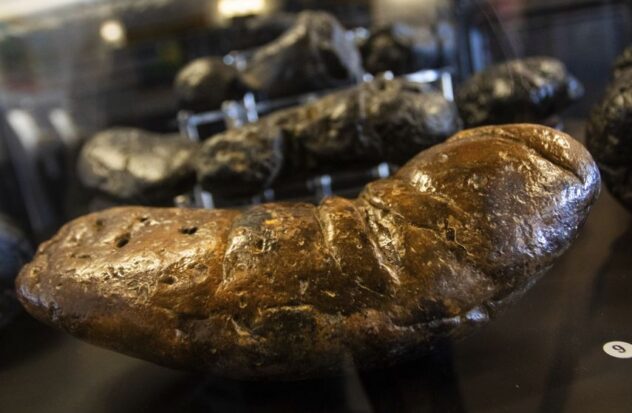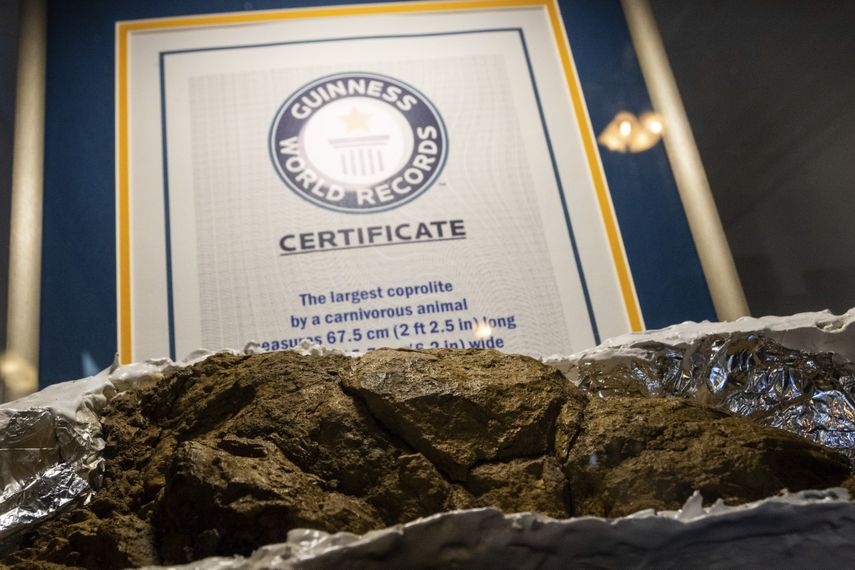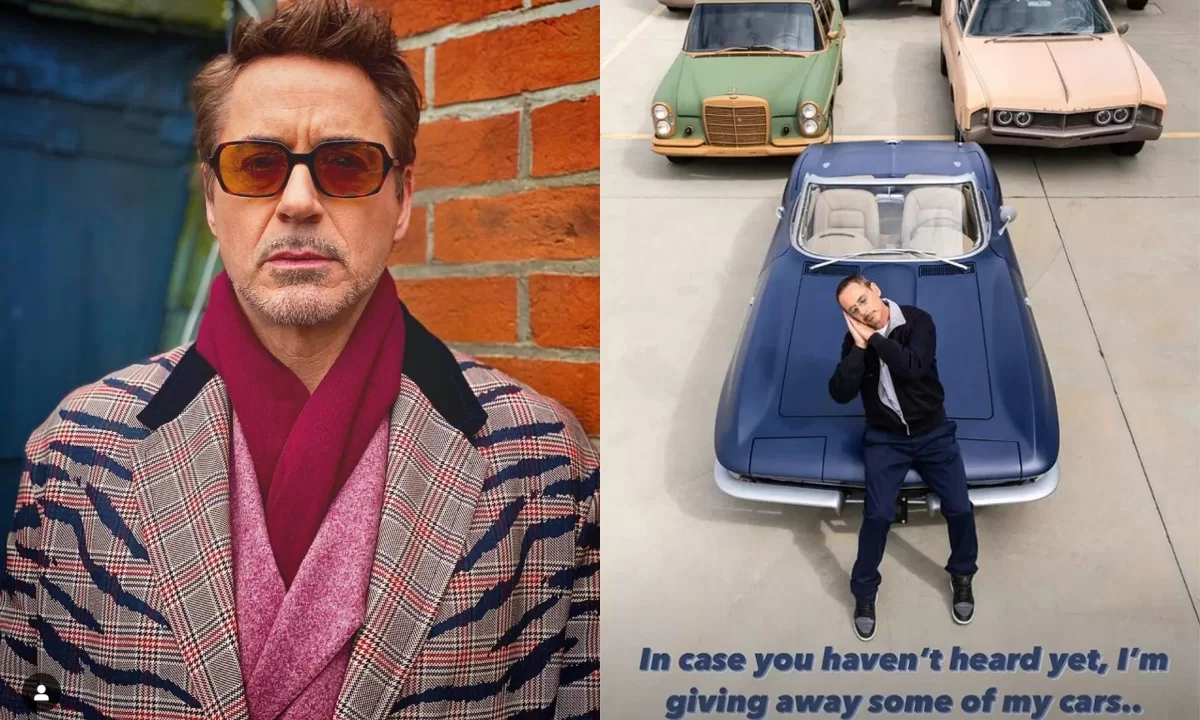WILLIAMS.- You can tell how a tyrannosaurus rex digested its food by examining its excrement. Bone fragments in a piece of fossilized poop in a new museo in northern Arizona, aptly named Poozeum, are among the smallest pieces of evidence suggesting that T. rex was not a big chewer, but instead swallowed chunks of prey whole.
The exhibit is one of more than 7,000 on display at the museum that opened in May in Williams, a town known for its Wild West shows along Route 66, wildlife attractions and a railroad to Grand Canyon National Park.
A sign for the Poozeum features a bright green cartoon T. Rex sitting on a toilet to draw attention amid the neon lights and soft 1950s music emanating from other businesses.
Inside, display cases filled with coprolites – fossilized feces of animals who lived millions of years ago – line the walls. They range from tiny termite droppings to a massive specimen weighing 20 pounds (9 kilograms).
Poozeum president and curator George Frandsen bought his first piece of fossilized feces at a store in Moab, Utah, when he was 18, he said. He already loved dinosaurs and fossils, but had never heard of fossilized poop. From there, his fascination grew.
Prehistoric past
It was funny. It was disgusting, he said. But I learned very quickly that it could tell us a lot about our prehistoric past and how important they are to the fossil record.
“Coprolites are not very common, but they can make up the majority of fossils found at some sites, and people have learned more and more about them in recent decades,” said Anthony Fiorillo, executive director of the New Mexico Museum of Natural History and Science.
They can be difficult to identify, and in some cases specimens that appeared to be coprolites – with their pinched ends and striations – were examined further and eventually reclassified as something else.
There are a number of sedimentary processes that can produce an extrusion of soft mud into a different layer, he said. So think about your toothpaste, for example. When you squeeze it, there may be some streaks in that toothpaste.
Museum experience
Fossil enthusiast Brandee Reynolds recently visited the museum with her husband after discovering it was a short detour from a road trip they had planned.
Most of the time I find sharp teeth and things like that, he said. I haven’t really found much coprolite, but who doesn’t like coprolite?
A highlight of Frandsen’s collection is a specimen that holds a Guinness World Record for being the largest coprolite left by a carnivorous animal. At more than 2 feet (61 centimeters) long and more than 6 inches (15 centimeters) wide, Frandsen said it is believed to be from a Tyrannosaurus rex, given where it was found on a private ranch in South Dakota in 2019.
Frandsen also holds the record for the largest certified coprolite collection with 1,277 pieces, obtained in 2015 when it was verified at the South Florida Museum in Bradenton, Florida.
His collection now numbers about 8,000 specimens. He does not have room to display them all at Williams’ museum and is posting some online.
“There’s no need to worry about smell or germs,” Frandsen said. These evaporated millions of years ago, when the feces became covered with sediment and replaced by minerals, making them rock-hard.
“Location, shape, size and other materials such as bones or plants can determine whether something is a coprolite, but not necessarily what creature deposited it,” Fiorillo explained.
I think most of us would say, let’s put the brakes on that and just be happy if we could determine carnivores, herbivores and then possibly see those feeding cycles within each of those big groups, said Fiorillo, a trained paleontologist and author of books on dinosaurs.
Ideally, Fiorillo said he hopes that fossils that are rare and can contribute to understanding the prehistoric world will find their way into the public sphere so researchers can use them as they form hypotheses about life in the very distant past.
Like Frandsen, Fiorillo said he was captivated by fossils as a young man. He pointed to private quarries in Wyoming’s Fossil Basin, where the public can hunt for fossilized fish, plants and even coprolites. People can also visit a research quarry to learn about paleontology at nearby Fossil Butte National Monument.
“If a child comes home inspired after finding a fossil or seeing one on display in a museum, then that’s amazing,” Fiorillo said. They may be the next generation.
FUENTE: AP





